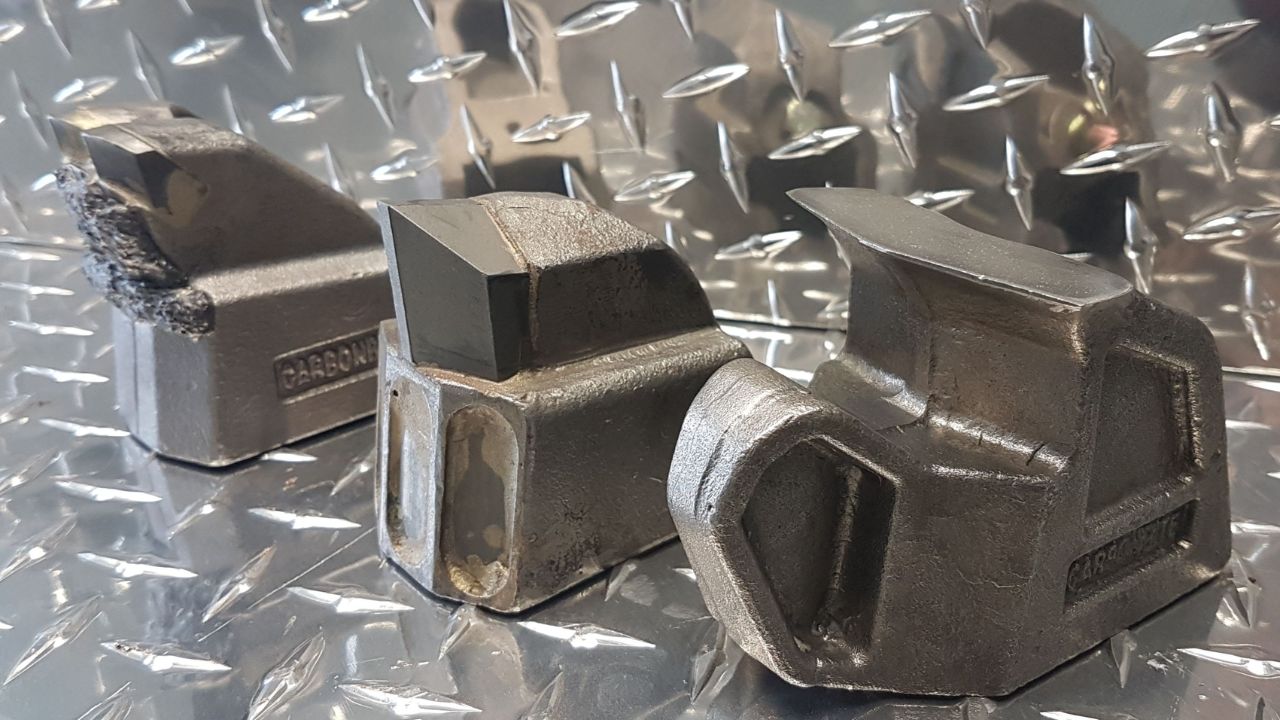In the forestry and land-clearing equipment industry, even the slightest elements of the design can spell out the difference between a mulcher functioning optimally and failing to control the performance. One of such details is the accuracy with which the mulcher teeth are produced, which is a crucial part. Great manufacturing precision guarantees uniformity in cutting, maximum wear resistance, and long service life, all help in judicious, more fruitful mulching activities. Let’s learn more about how precision manufacturing boosts mulcher tooth performance.
Material Integrity and Bonding Accuracy
One of the major considerations that determines the life of the mulcher teeth is the quality of the materials that were used and the precision of the bonding process. The high-performance teeth are usually characterized by tungsten carbide tips that are brazed on steel bodies. Tungsten carbide is such a material that it becomes very hard and is non-abrasive; therefore, it needs to be bonded with a lot of precision to make sure that it is stuck firmly, even in an environment with extreme operating conditions.
In the manufacturing process, a change in the brazing temperature, pressure bonding, or finish of the surface may cause weak joints or uneven bonding. Such imperfections can lead to cracking or early detachment of the carbide ends when subjected to the effects of impacts of rocks, roots, or heavy wood. The consistency of sticking between carbide and steel is ensured with precision-controlled processes like automated welding and temperature-controlled brazing. This careful manufacturing simply transfers to more robust, more durable mulcher teeth that can handle the rigorous forestry tasks.
Uniformity Across Production
Another characteristic of high-quality mulcher teeth activity is consistency in manufacturing. Precision machining also guarantees that every tooth that exits the production line is of the design of the original specifications. Standardized teeth permit the cutting of teeth and the homogeneity of the load distribution throughout the rotor, which excludes the mechanical stress and untimely wear.
Under the condition that the teeth are slightly different in size or angle, there will be uneven forces on the rotor, and this will cause vibration and mechanical failure. Accurate production will eradicate these differences, thus all the replacement teeth will fit perfectly and work just as well as the original teeth. This uniformity makes it easier to maintain and improve its operational reliability since the operators do not need to be concerned about compatibility when they need to change worn teeth.
Advanced CNC and Quality Control
The current production technologies in manufacturing have revolutionized the production of the mulcher teeth. The use of Computer Numerical Control (CNC) machining enables precision of the accuracy to the microns, producing the same teeth with clean cutting edges. This technology, together with automated inspection systems, guarantees that all the teeth they have are of high quality before they reach the customer.
Extensive quality control has been made through the use of comprehensive quality control procedures such as dimensional inspection, hardness testing, and wear simulation to ensure that every component works in a real-world scenario. These accuracy-controlled practices are not only effective in improving the performance of the cutting tools, but also create confidence among the forestry professionals who need to use reliable tools to carry out the rigorous land-clearing activities.
Performance in the Field
Precision manufacturing has obvious advantages in the real world. Bonded carbide tips on teeth that bear precise geometries will contain sharper cutting edges and will last longer. This will enable fewer frequent replacements that will minimize the downtime and operational costs. In addition, accurate teeth yield finer mulch and cleaner cuts, which are better in project results in forestry management, agricultural preparation, and roadside maintenance.
Other benefits are the ease of use of the machine because of minimal vibration, as well as the equal rotor movement among operators. This stability increases safety and reduces mechanical exhaustion, and increases the service life of the mulcher. Simply, the accuracy of the teeth manufactured is, in effect, an investment in efficiency, reliability, and profitability in the long run.
Conclusion
Precision of manufacturing is no longer a technical issue; it is the base of the high performance of forestry mulcher teeth. From correct tooth geometry and a stable bond of materials to each other, to sophisticated CNC machines and strict quality control, each stage of the manufacturing process influences the effectiveness of a mulcher in the field. Precision will be used to make sure every tooth has the best cutting force, life cycle, and balance, meaning that operators will record better results with minimal downtime and wear. Precision engineering in the manufacturing phase starts at the beginning of the difference between average and exceptional performance in the demanding work environments of forestry and land clearing.

